Make skin look perfect in one-click with these AI-powered Photoshop actions.
Go to Filter > Noise > Add Noise... Set Amount: 30%, Distribution: Gaussian, be sure to set check box on Monochromatic, then click Ok.
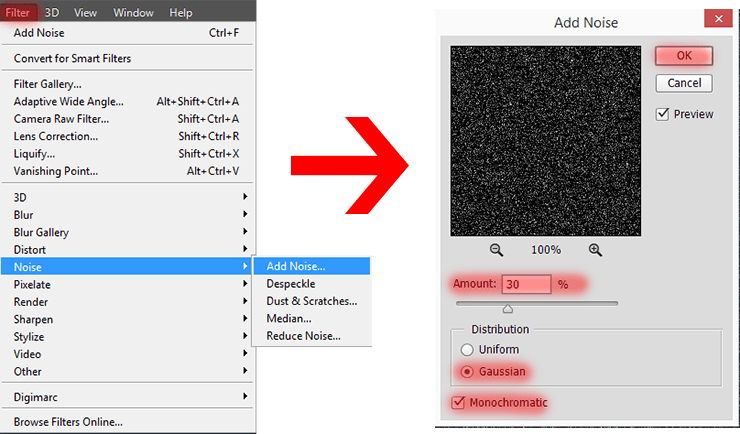
Step 5
Now we have a little excess star remove the texture to be more natural. Use Cmd/Ctrl + L to change Levels adjustment for this layer (Image > Adjustments > Levels...). Set Input Levels for black point to 150 and click Ok. As you can see the noise was like a stars. Set Blending mode "Screen" to this layer for show background color.
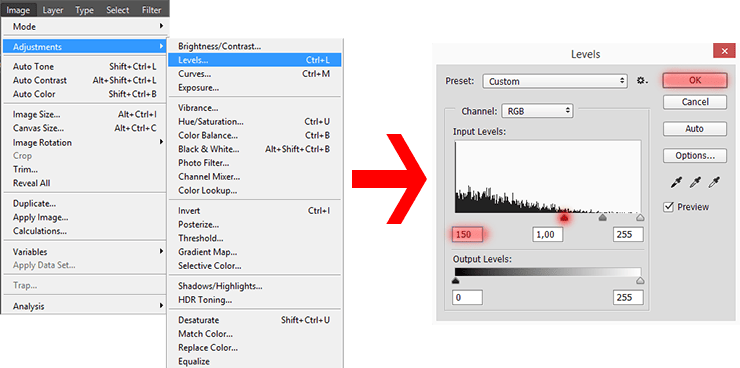
To make a bigger stars, Duplicate stars layer (Cmd/Ctrl+ J or Layer > Duplicate Layer). Use the Free Transform tool (Ctrl/Cmd+ T or Edit > Free Transform) to resize scale to 200% proportionally. Be sure to move both layers with the stars texture under colored layer.
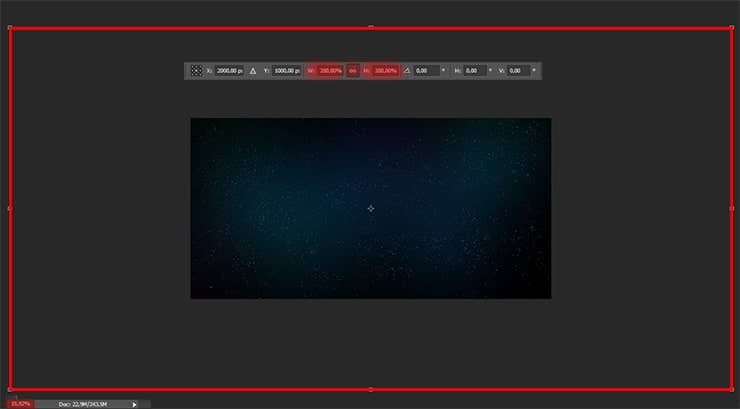
Step 6
Created texture seemed to me a bit of like pattern and I decided to diversify its. I create brush from usual "Oil Pastel Large" brush (it is in a standard set of Photoshop brushes), but I modified it. Select brush "Oil Pastel Large" and press F5 to move in Brush settings.
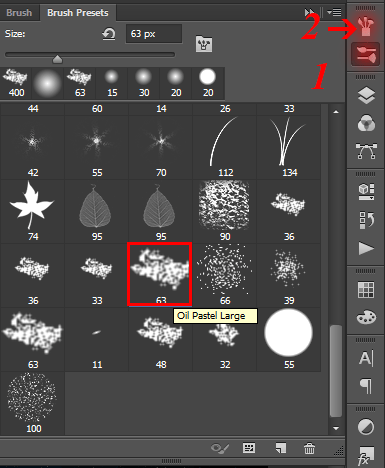
Make settings for each value like shown in the images below. This is a simple brush with varied changing angle. Be sure to save this brush, because it will be needed us in future. You have two options, you can use the Eraser Tool (E) or add Layer masks to both stars layers and remove needless on it (I recommend the second way, because then you can correct the position of the stars, if you do not like something).
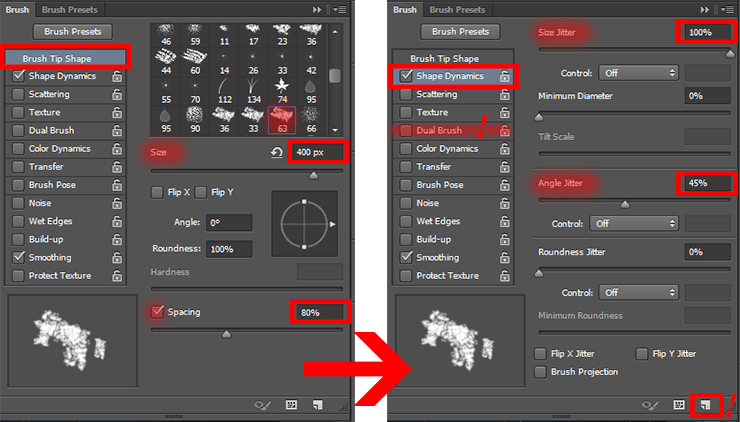
Step 7
Add a Layer mask to each star layer (Layer > Layer Mask > Reveal All or use icon on Layer panel). Use Brush Tool (B) with created brush (Size: 400px, Opacity: 70-40%) to remove excess stars texture. Try not to repeat the previous layer mask and put stars in the same place. Make texture varied and where you plan to place Nebula (or the main object). It is important to make the texture varied that there were clusters of stars, and some parts.

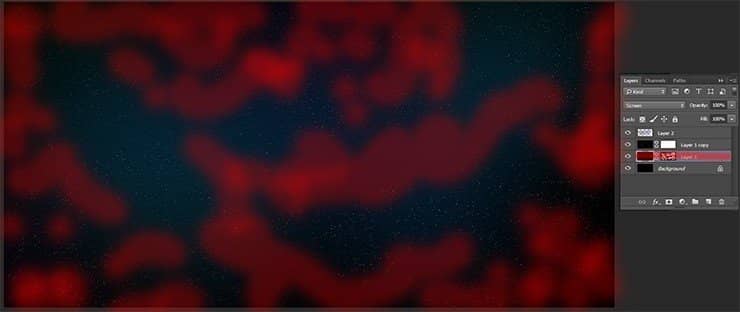
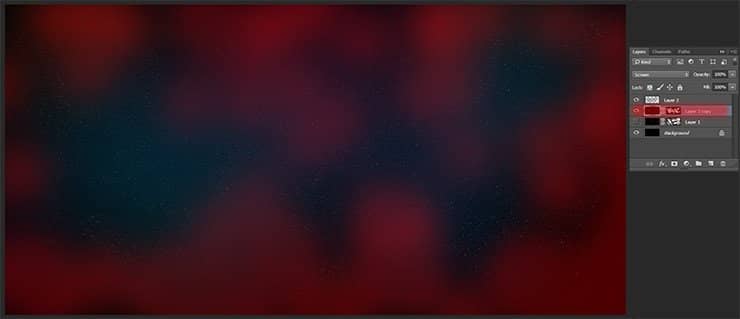
Step 8
Now I have created a nebula. It's very simple, create new layer (Cmd/Ctrl + Shift + N). Use Elliptical Marquee Tool (M) and draw an ellipse almost the entire width of the worked area. In principle, not necessarily to use this tool. You need to create an area desired shape. Right click on the circle and select "Feather", enter of feather radius 45px and click Ok. This is to soften the edges of the future nebula.
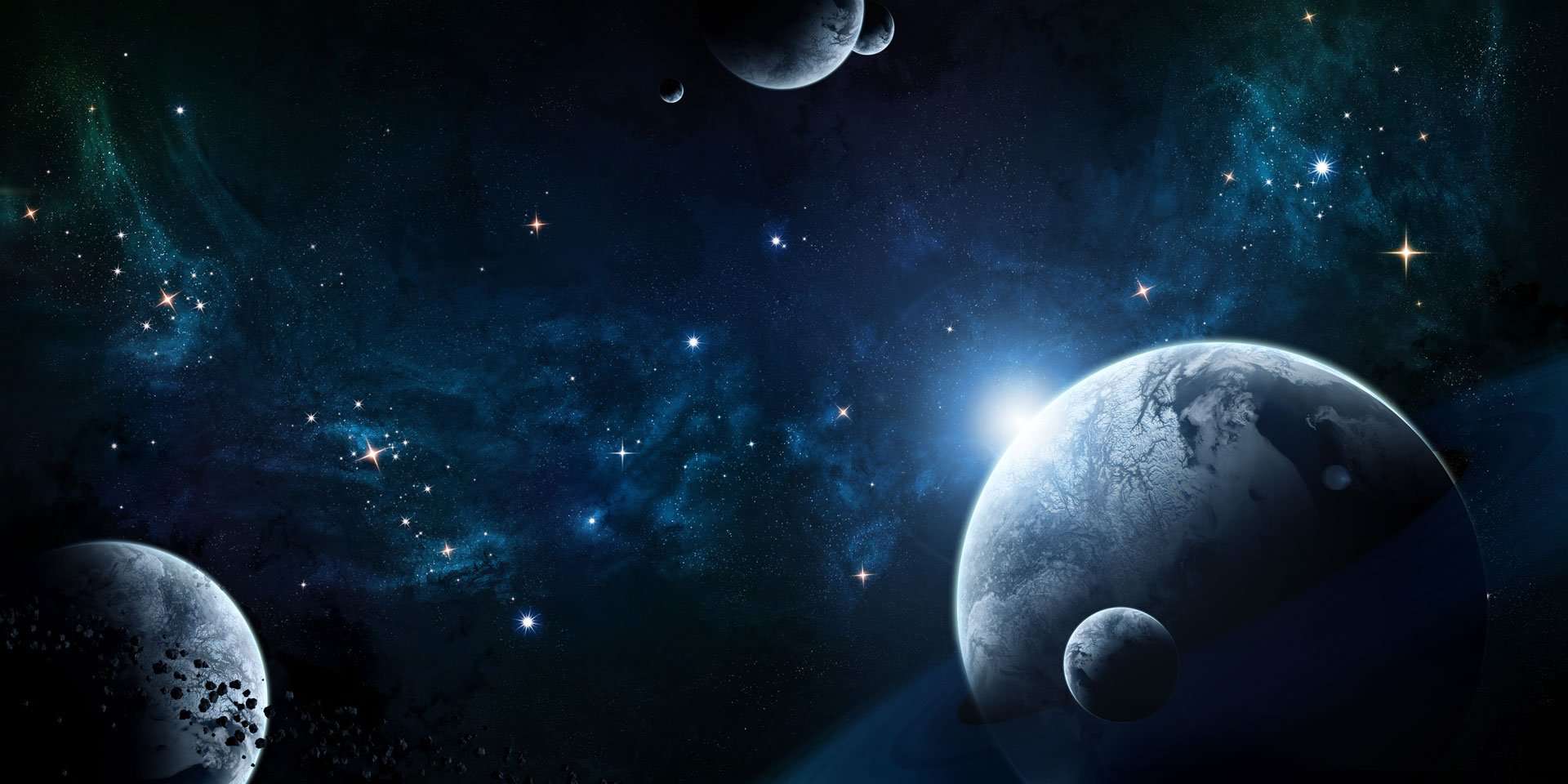


22 comments on “How to Composite Your Own Space Scene from Scratch”
This is excellent. Thank you for the tutorial, I learned a lot!
This was very useful. Thank you.
Will this work in PS 2021?
That's what I'm using and it's working good so far!
The most detailed tutorial that I saw. Great! Thank you!
Very nice and detailed tutorial with a nice looking image.
Thanks for sharing. ;-)
Really Awesome !!!
The best as usual!
Step 7 is fairly confusing, I followed the steps but when i try to remove excess stars it comes out white and looks horrible, confused as to what I should do.
That's only because you weren't coloring on a layer mask! Make sure that after you apply the layer mask, you click on the second thumbnail on the layer. After doing so, begin coloring in a black brush. Anything colored black on a layer mask will actually be erased. If you want to make the stars reappear, simply color it white.
Every great tutorial. I need some help on Step 25. After I delete the center of black area the rings, the effects also disappear too. I still can't figure out how to make the rings effects and without black area. Thank you.
Hi Dylan, Thank you very much for your letter! Try to create rings, select all the layers with rings right click on layers > Convert to Smart Object. Select a dark circle (Elliptical Marquee Tool (M)). Add a layer mask (Layer > Add Layer Mask > Hide Selection or hold Opt/Alt and click on "Add layer mask" icon). This should remove the black circle. Then convert the layer to Smart Object again and you're done. Also, this happens if you are working on a background layer.
If you have any more questions, feel free to ask them! And I will answer you.
This is a really great tutorial, thanks for this, Maria!
http://i.imgur.com/RjttyDI.jpg
This is how it turned out for me (for some reason, it's darker when posting online, looks better in PS)! As you can see, I tried to make a larger star/sun closer to the planets, as it's not realistic to have such shine from a nebula.
I'm not very happy with how the sun turned out, could you give me an idea on how to make a better sun? Thanks!
hey i ve created a pic via photoshop plz tell me howss it ??? plz plz plz reply soon
I am having problems with step 9: I keep clicking Ctrl and F for the "Difference clouds", but nothing seems to happen inside the nebula, apart for at little shift in the stars, and I have clicked ALOT of times!
Hi Tommy, It's strange, because everything should work. Are you exactly set “Color Dodge” blending mode for nebula layer? If the blending mode everything is fine, then try to apply filters through Filter > Last Filter or Filter > Render > Difference Clouds. Surely set the default colors (D on keyboard) before you apply a cloud filters. Repeat steps 8 - 9 for nebula on a new layer if the problem does not go away. Make sure that you have made a colored background, otherwise Nebula did not appear. Write to me if the problem is not solved.
Answer a survey to see the tutorial? Nope
Filling in a free and quick survey would have been much quicker than filling in this form to leave a comment and would help support the author of the tutorial who has given up their time to create this excellent walk through.
Exactly what i was looking for :) thanks
I'm very glad that you enjoyed it! I hope you will find a lot of useful information.
really a lot of useful information .. do u made this tut ?!
Thank you so much! Yes, I'm author of this tutorial and write it.
Here is my page https://www.facebook.com/MariaSemelevichPhotography?ref=bookmarks.
and I write to you from my a personal profile :)